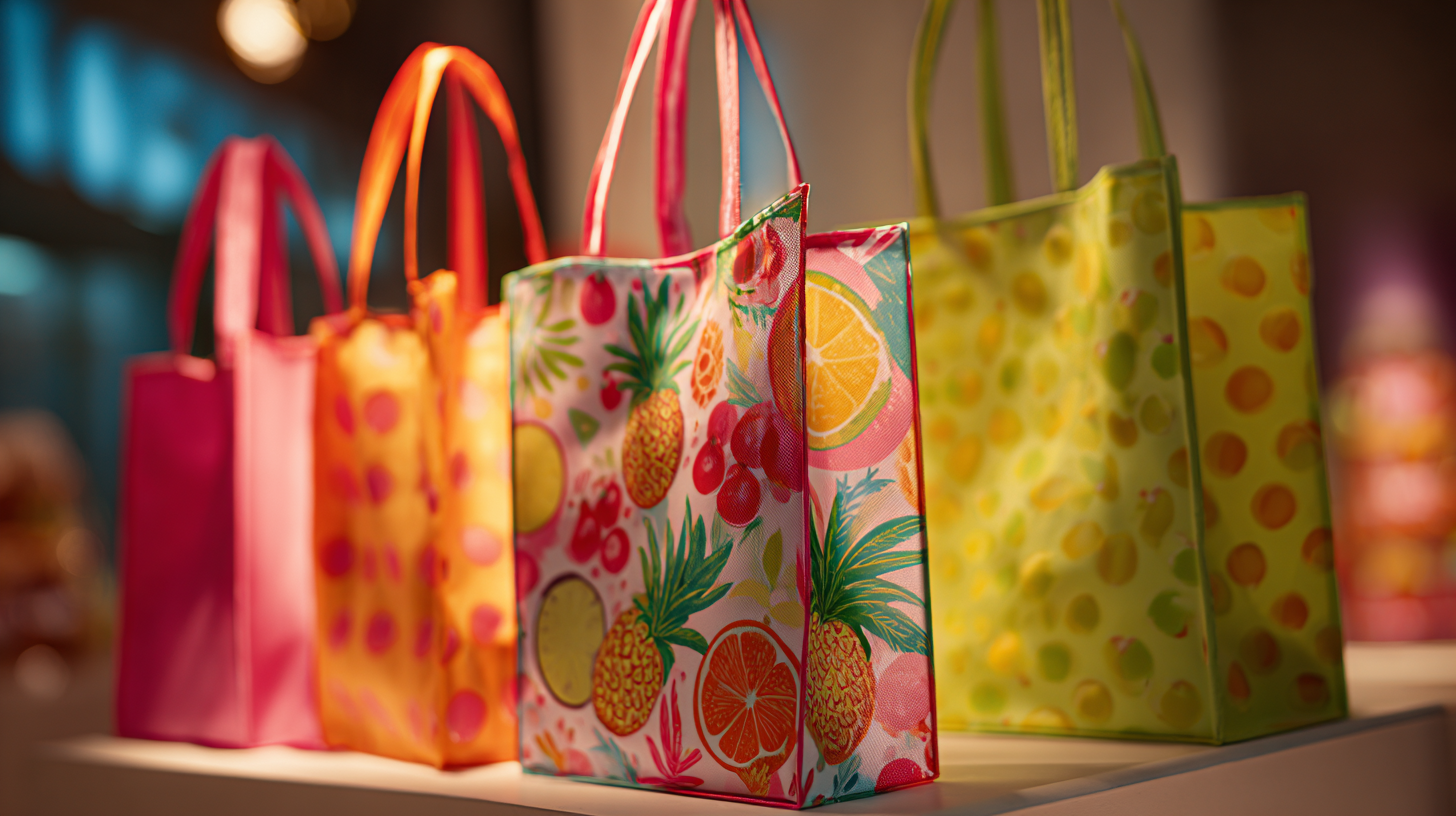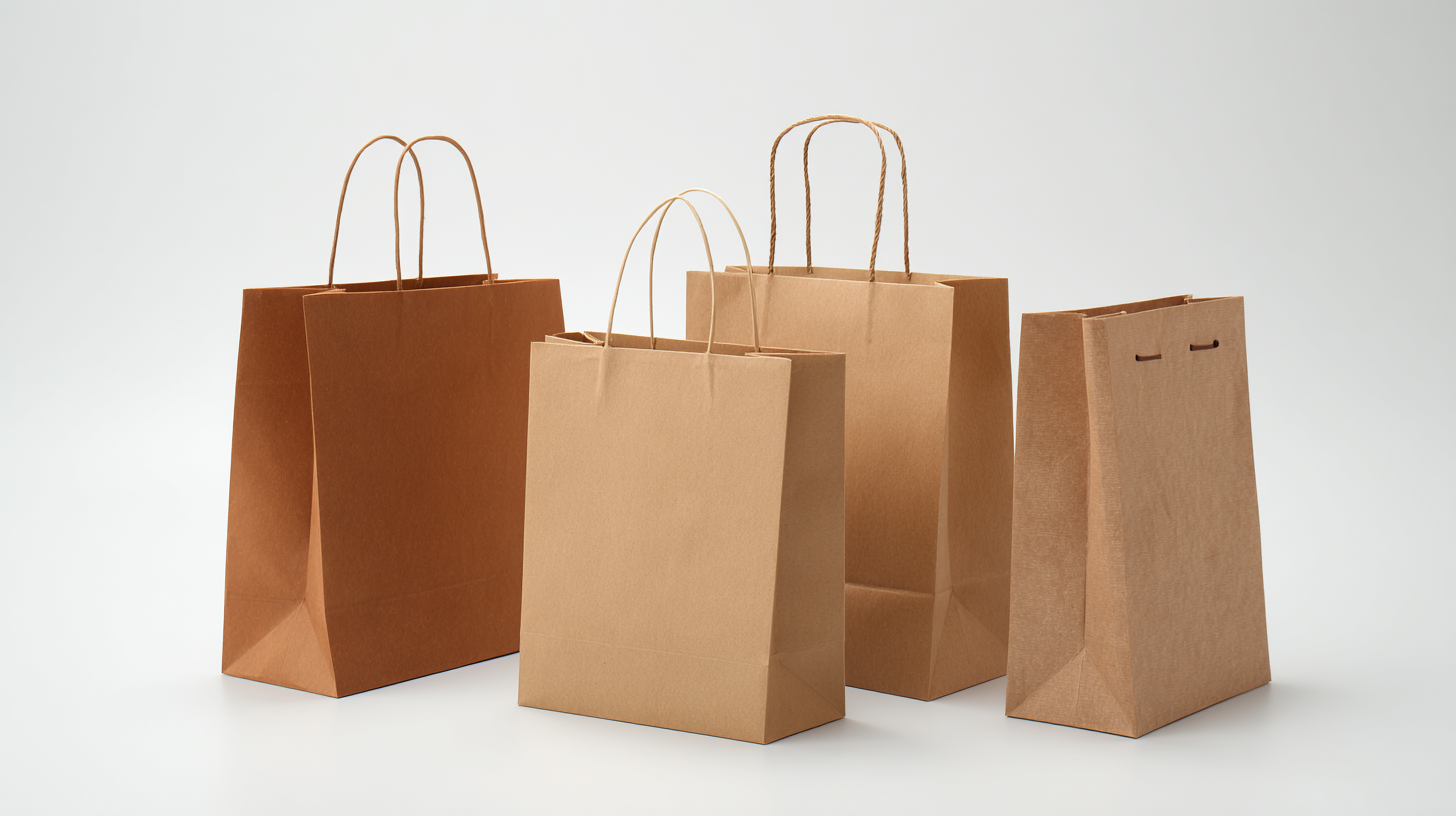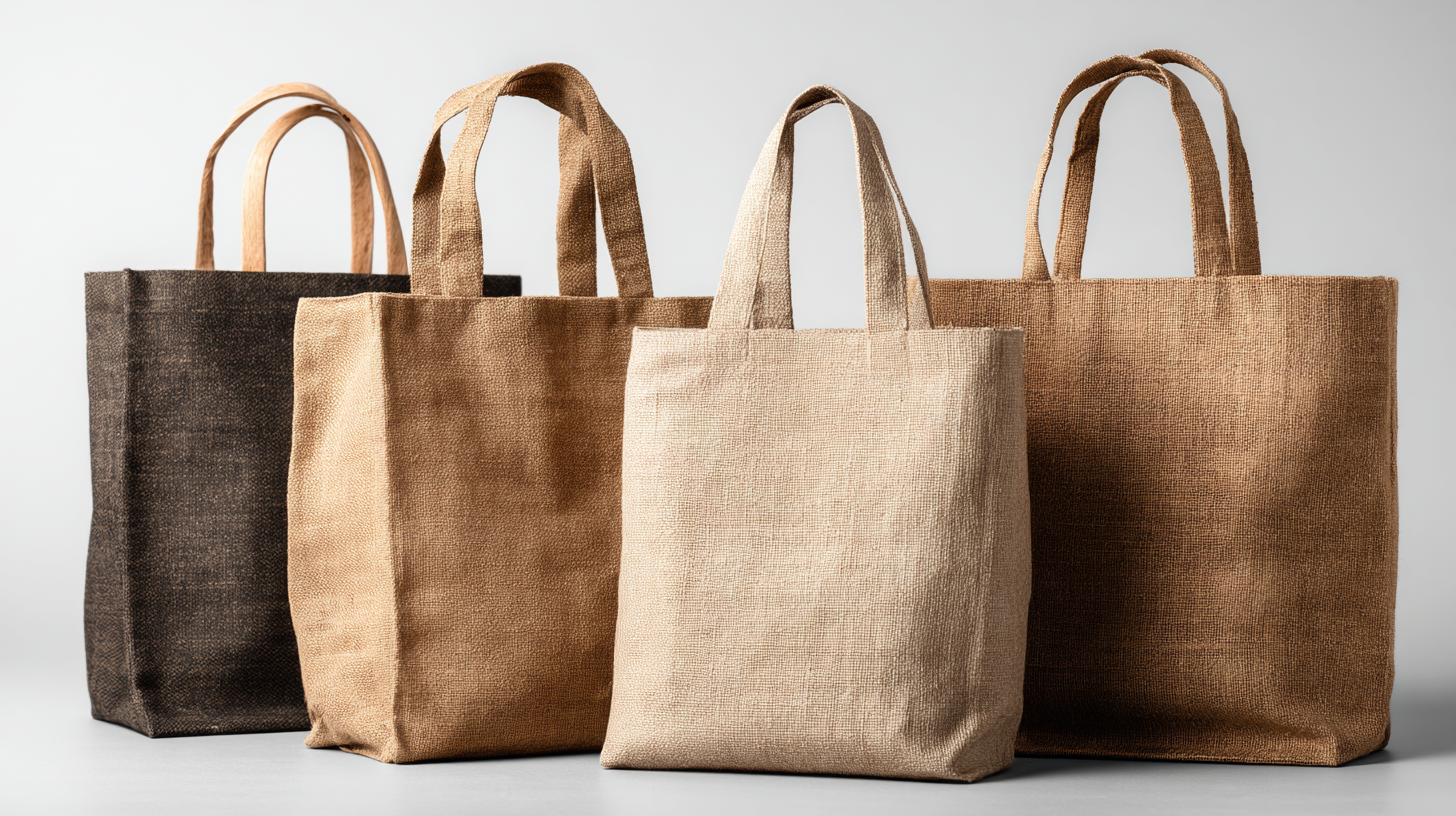In the ever-evolving landscape of packaging solutions, businesses are constantly seeking the most effective ways to showcase their products while ensuring durability and sustainability. Printed Composite Bags have emerged as a popular choice for various industries due to their versatility and appealing visual presentation. This ultimate guide is designed to help you navigate the process of sourcing the best printed composite bags tailored to your specific business needs. From understanding material options to exploring printing techniques, we will provide you with comprehensive insights and practical tips. By the end of this guide, you will be equipped with the knowledge necessary to make informed decisions that enhance your brand's packaging strategy and ensure that your products stand out in a competitive marketplace.

The demand for printed composite bags is surging across various industries, primarily due to their versatility and durability. According to a report by Smithers Pira, the global market for flexible packaging, which includes printed composite bags, is expected to reach $300 billion by 2025. This growth is fueled by the rising consumer preference for packaging solutions that are not only functional but also environmentally sustainable. Many businesses are turning to printed composite bags as they provide an effective method of branding while ensuring product protection.
When sourcing printed composite bags for your business, consider the material used. Look for bags made from high-quality polypropylene or polyethylene, as they offer excellent moisture resistance and strength. Additionally, ensure that your chosen supplier adheres to industry standards, such as ISO 9001, which guarantees quality management systems.
**Tip:** Research potential suppliers thoroughly and request samples to assess print quality and material durability before making a bulk order.
The food and beverage industry is particularly ramping up its use of printed composite bags, with a projected CAGR of 5.1% from 2020 to 2027, according to Mordor Intelligence. This trend is also reflected in the agricultural sector, where composite bags are favored for their lightweight yet sturdy structure, promoting efficient transport and storage.
**Tip:** Keep an eye on emerging trends, such as biodegradable options, which can provide an edge in attracting eco-conscious consumers.
| Industry | Bag Size (W x H cm) | Print Quality | Material Type | Sustainability | Average Price ($) |
|---|---|---|---|---|---|
| Food Packaging | 30 x 40 | High | Polypropylene | Biodegradable | 1.50 |
| Retail | 40 x 50 | Medium | Woven Polypropylene | Recyclable | 2.00 |
| Agriculture | 50 x 70 | Low | Plastic Coated | Standard | 0.80 |
| Construction | 60 x 80 | Medium | Heavy Duty | Recyclable | 3.50 |
| Cosmetics | 25 x 35 | High | Polyester | Recyclable | 2.50 |
When selecting high-quality printed composite bags for your business needs, there are several key features to consider that can enhance both functionality and appearance. First and foremost, examine the material used in the bags. A durable composite material not only protects the contents but also ensures that the bags can withstand handling and transportation. Look for fabrics that are both tear-resistant and waterproof, which will provide additional longevity and safeguard the products inside.
Another critical feature is the printing quality. The visual appeal of your bags can significantly impact brand perception, so prioritize bags that utilize high-resolution printing techniques. This will not only ensure that your logo and branding are vividly displayed but also that they are resistant to fading over time. Additionally, consider the type of closure and handles. Choose designs that enhance usability, like drawstrings or gusseted sides, to facilitate easy packing while ensuring convenience for your customers.
Tip: Always request samples from suppliers to assess the quality of the bags before making a bulk purchase. This helps you evaluate not just the material and printing but also how well they meet your specific business requirements. Another tip is to consider the environmental impact of your bags; opting for sustainable materials can enhance your brand's reputation while appealing to eco-conscious consumers.
When it comes to sourcing custom printed composite bags for your business, adopting cost-effective buying strategies can make a significant difference in your overall expenses. One of the most promising approaches is to explore suppliers that utilize sustainable materials, such as upcycled plastic and biomass waste. These materials not only provide durability and versatility in design but also align with a growing consumer preference for environmentally friendly products. By choosing suppliers focused on sustainability, businesses can reduce their carbon footprint while also benefiting from competitive pricing.
Additionally, leveraging advancements in technology, like 3D printing, can further enhance your sourcing strategy. This innovative method allows for rapid prototyping and customization of bags, making it easier to meet specific branding needs without incurring high costs. As manufacturers begin to incorporate sustainable polymer blends and composites created from recycled materials, companies can streamline the production process, leading to cost savings and quicker turnaround times. By embracing these strategies, businesses can maximize their investment in printed composite bags while contributing to a more sustainable future.
This chart illustrates the average cost per unit of custom printed composite bags based on different order volumes. As the quantity increases, the cost per unit decreases, showcasing the benefits of bulk purchasing for businesses.
As sustainability trends continue to shape the packaging industry, the demand for eco-friendly materials in printed composite bag production is intensifying. The global recycled paper packaging market, valued at USD 238.5 billion, is expected to grow at a CAGR of 5.1% from 2025 to 2034, highlighting the increasing adoption of sustainable packaging solutions. This shift towards environmentally responsible materials aligns with consumer demand for greener alternatives and is being driven by new regulations that redefine the bioplastics market, particularly in countries like China.

Furthermore, the French flexible packaging market is poised for significant growth, projected to rise from USD 7.82 billion in 2024 to USD 15.4 billion by 2035. This trend indicates a robust market for printed composite bags that prioritize sustainability. As businesses increasingly integrate eco-friendly practices into their operations, the utilization of innovative materials such as paper derived from banana stems and advancements in nanocomposite food packaging are paving the way for a cleaner, more sustainable future in packaging. With a focus on sustainability, companies can not only meet regulatory demands but also resonate with a growing base of eco-conscious consumers.
 When sourcing printed composite bags, evaluating supplier reliability is crucial to ensure you receive quality products that meet your business needs. Start by examining the supplier's track record. Look for reviews, testimonials, and case studies that showcase their ability to meet deadlines and deliver consistent quality. A reliable supplier should have a history of successful partnerships with other businesses in your industry.
When sourcing printed composite bags, evaluating supplier reliability is crucial to ensure you receive quality products that meet your business needs. Start by examining the supplier's track record. Look for reviews, testimonials, and case studies that showcase their ability to meet deadlines and deliver consistent quality. A reliable supplier should have a history of successful partnerships with other businesses in your industry.
Tips: Always request samples before making a bulk order. This allows you to assess the print quality and material durability firsthand. Additionally, inquire about their quality assurance processes. A reputable supplier should have strict quality control measures in place and should be transparent about their production techniques and inspection protocols.
Another essential metric for evaluating supplier reliability is their responsiveness. A supplier’s ability to communicate effectively and address your concerns promptly is a good indicator of their dedication to customer service. Conducting an initial interaction can provide insights into how they manage inquiries and resolve issues. Good communication can prevent misunderstandings and ensure a smoother collaboration throughout the sourcing process.
